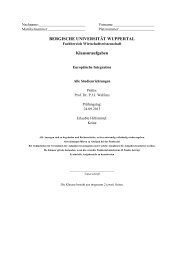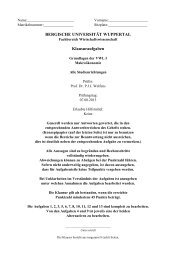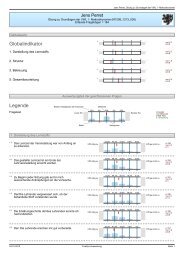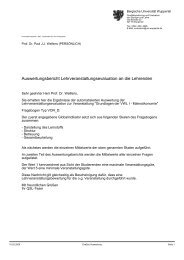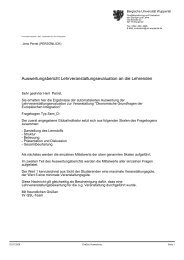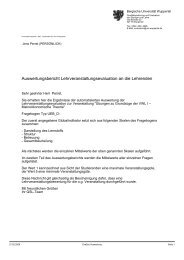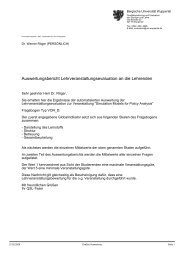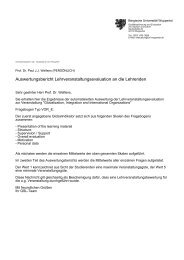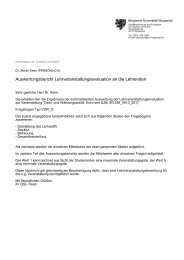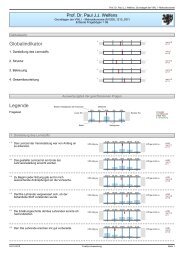UNIVERSITÄT POTSDAM - Prof. Dr. Paul JJ Welfens
UNIVERSITÄT POTSDAM - Prof. Dr. Paul JJ Welfens
UNIVERSITÄT POTSDAM - Prof. Dr. Paul JJ Welfens
You also want an ePaper? Increase the reach of your titles
YUMPU automatically turns print PDFs into web optimized ePapers that Google loves.
If purchasing power parity holds for tradables (T) in the form of e P T * = P T and<br />
if we define P=(P T ) ß (P N ) 1-ß , then ge + gPT* = gPT and therefore gP = gPN + ß(ge + gPT* -<br />
gPN) so that we obtain the growth rate of tradables prices as the difference between the<br />
inflation rate and the change of the relative price ratio (ge + gPT* - gPN) weighted by ß.<br />
According to (III) for a constant nominal interest rate and a given growth rate of<br />
the money supply it holds that the inflation rate is the smaller the higher the growth rate<br />
of real output and the stronger the increase in the ratio of stock market capitalization<br />
relative to output. The coincidence of high growth and exceptionally growing stock<br />
market capitalization – relative to output – could indeed explain the inflation puzzle in<br />
the US in the 1990s.<br />
Growth Analysis in a Two-Sector Model<br />
Why was growth so high in the US in the 1990s? We consider a two-sector economy so<br />
that overall output Y is composed of the ICT sector (sector 1) which accounted for<br />
about 10% in the US in 2000 while the US recorded only about 6%. Denoting the relative<br />
price P1/P2 as q” we have<br />
(IV) Y = q”Y1+ Y2,<br />
Assuming that sector 2 is the consumption sector, then output in terms of consumption<br />
units is given by<br />
(IV.I) gY = (Y1/Y) [gq” + gY1] + (1-(Y1/Y)) gY2<br />
From this equation it is clear that the relative fall of computer prices reduces<br />
overall growth as measured in units of the consumption good. For statistical purposes<br />
the real output growth rate is measured in a different way, namely on the basis of constant<br />
historical prices:<br />
(IV.I’): gY = (Y1/Y) [gY1] + (1-(Y1/Y)) gY2<br />
Here we can directly see that the high growth rate of the US is partly related to<br />
the higher share of the ICT sector in overall output and partly due to the high output<br />
growth rate of the ICT sector. The US statistical system has made two changes in the<br />
1990s which go beyond the above formula but which almost have no net effect. Introducing<br />
a chain-weighted index – reducing the well-known problem of substitution in<br />
24



